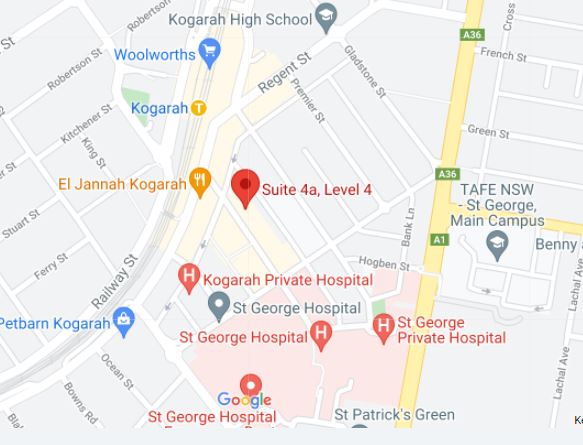A transaction account is an account you use for day-to-day banking such as paying bills and getting your wages.
Transaction accounts are often called ‘everyday accounts’.
When you choose a transaction account, compare the account features and choose a no-fee or low-fee account.
What to look for in a transaction account
Most transaction accounts come with a debit card for withdrawing cash and making purchases.
Low-fee or no-fee
Some transaction accounts charge monthly account-keeping fees and other fees for things like ATM withdrawals and internet banking.
Think about your spending habits and choose the account with the lowest fees. For example, if you often use ATMs, choose an account that has low or no ATM fees.
The best option is a no-fee account.
Basic bank accounts
If you’re on a low income, you may be able to get a ‘basic bank account’ which has:
-
no account-keeping fees
-
free monthly statements
-
no minimum deposit amount
-
no overdraft fee
See Australian Banking Association – Affordable banking for information about eligibility and a list of basic bank accounts.
Debit versus credit cards
When you use a debit card to pay for things, you are spending the money in your account. If there’s no money in the account, you can’t make a purchase.
When you use a credit card, you are borrowing money, which you will have to pay back with interest.
Using a debit card is less risky than using a credit card, because you can’t run up a debt.
Some debit cards are ‘dual network cards’, which means you can also use them as a credit card. If you do use your debit card as a credit card, you can be charged high interest. You might end up paying more than you would on a regular credit card.
If you are switching from a credit card to a debit card to avoid debt, make sure your debit card does not have a credit option.
Contactless payments
Most debit cards have Visa’s payWave or Mastercard’s PayPass as a contactless payment option. This means you don’t have to insert or swipe your card or use your PIN for transactions under $200.
Many accounts also have ‘digital wallet’ options such as Google Pay and Apple Pay. These allow you to pay for things with your smartphone or smartwatch instead of using a card.
Check what your options are when you choose your transaction account.
Overdraft fees
If you withdraw more money than is in your account, it’s called going into overdraft.
If you go into overdraft, you may have to pay hefty fees and interest.
Make sure you regularly check your account balance. Leave enough in your account for any automatic payments that you’ve set up, like direct debits.
From July 2020, if you bank with ANZ, Commonwealth, NAB or Westpac, you’ll be able to share data from savings and transaction accounts and debit and credit cards. Find out more about the Consumer Data Right
Compare transaction accounts
Compare transaction accounts to find the one with the lowest fees and a debit card that suits your needs.
Your current provider’s default transaction account may not be the best option.
Comparison websites can be useful, but they are businesses and may make money through promoted links. They may not cover all your options. See what to keep in mind when using comparison websites.
Compare these features:
|
Account fee |
|
|
Account access |
|
|
Contactless payments |
|
|
Overdraft fees |
|
|
International transactions |
|
|
Branch fees |
|
|
Cheque fees |
|
Review regularly for better features
Banks often offer new accounts with competitive features. Compare the fees and features and consider switching bank accounts if you find one that suits you better.
Source: moneysmart.gov.au
Reproduced with the permission of ASIC’s MoneySmart Team. This article was originally published at https://moneysmart.gov.au/banking/transaction-accounts-and-debit-cards
Important note: This provides general information and hasn’t taken your circumstances into account. It’s important to consider your particular circumstances before deciding what’s right for you. Although the information is from sources considered reliable, we do not guarantee that it is accurate or complete. You should not rely upon it and should seek qualified advice before making any investment decision. Except where liability under any statute cannot be excluded, we do not accept any liability (whether under contract, tort or otherwise) for any resulting loss or damage of the reader or any other person. Past performance is not a reliable guide to future returns.
Important
Any information provided by the author detailed above is separate and external to our business and our Licensee. Neither our business nor our Licensee takes any responsibility for any action or any service provided by the author. Any links have been provided with permission for information purposes only and will take you to external websites, which are not connected to our company in any way. Note: Our company does not endorse and is not responsible for the accuracy of the contents/information contained within the linked site(s) accessible from this page.




